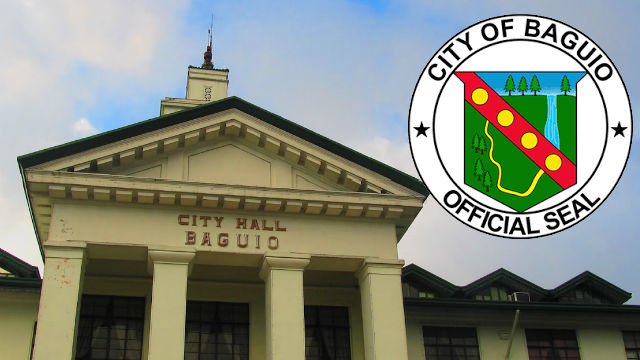BAGUIO CITY – The city government admitted it is encountering some problems in the identification of the 4-hectare land area in the name of the city as the site for the proposed bio-mass waste-to-energy project to convert the city’s generated biodegradable waste to renewable energy.
From the earlier proposed site of this facility within the area that was ceded to the city by the agriculture department, the propose site was transferred to the 8.5-hectare land in Pinsao Proper previously identified by the Local Land Needs Identification Committee for city land needs.
However, City Administrator Bonifacio dela Peña claimed the aforesaid area is reportedly covered by the Certificate of Ancestral Land Claim (CALC) issued to the Bugnay clan which is now complicating the problem of ownership of the property.
He said the put up of the waste-to-energy facility in the city will be a convergence project of the city government, the State-owned Philippine National Oil Company (PNOC), the prospective financier and Toyo in Japan which will be the source of the technology to be used by the city facility.
The proposed waste-to-energy project was supposed to break ground by the first quarter of this year but the site where to put up the facility remains a problem of the city.
The city government wants to maximize the use of the 6 hectares out of the 8.5-hectare property for the waste-to-energy project and the relocation site for the abattoir currently located within the Slaughterhouse compound while the 2.5 hectares will remain with the claimant of the said property for the processing of the necessary titles of the land.
City officials are closely coordinating with the environment department on how to perfect the necessary documents covering the said property to help convince the city government’s partners to proceed with the implementation of the project as the construction of the facility will not be a major problem as the components of the plant will already be pre-fabricated and easily installed.
The city continues to negotiate with the claimant to work things out so that the priority development projects of the city will be implemented while the claimant can perfect his documents over a portion of his claimed area.
Initially, the city’s waste-to-energy facility requires a land area of at least 4 hectares to accommodate the equipment to convert the generated biodegradable waste from the city’s barangays to renewable energy that could be sold to the grid or the existing Benguet Electric Cooperative (BENECO).
Previously, a team composed of some city officials visited Toyo, Japan last year to assess and evaluate whether or not the technology being applied for the operation of the plant in the said area will be feasible for the city.
By Dexter A. See













